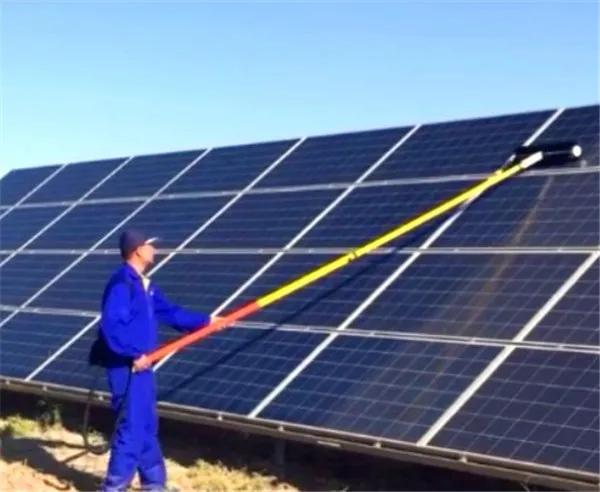

However, the forces that attach and detach particles from surfaces during the self-cleaning mechanism and the effect of nanotextures on these forces are not fully understood. It is known that superhydrophobicity reduces the friction between water droplets and the surface, thus allowing water drops to slide clean particles from surfaces. The researchers explored the effect of modifying a silicon substrate (Si), a semiconductor used in photovoltaic cells, to mimic the self-cleaning properties of the lotus leaf, as water rolls down the leaves and removes contamination. "In the desert, dust accumulates on the surface of solar cells and it's labor-intensive to clean them constantly, so we're trying to mimic this behavior on a solar cell." "In nature, we observe that the lotus leaf remains dust and pathogen free due to its nanotextured surface, and a thin wax, hydrophobic coating that repels water," says Tabea Heckenthaler, a master's student from Düsseldorf Germany at the BGU Zuckerberg Institute for Water Research, Jacob Blaustein Institutes for Desert Research.


New solutions are necessary to maintain maximum collection efficiency in high dust density areas such as the Negev desert in Israel. In a new study published in Langmuir, the researchers confirmed that modifying the surface properties of solar panels may greatly reduce the amount of dust remaining on the surface, and significantly increase the potential of solar energy harvesting applications in the desert.ĭust adhesion on solar panels is a major challenge to energy harvesting through photovoltaic cells and solar thermal collectors.


 0 kommentar(er)
0 kommentar(er)
